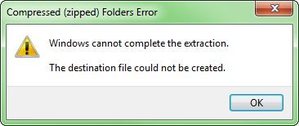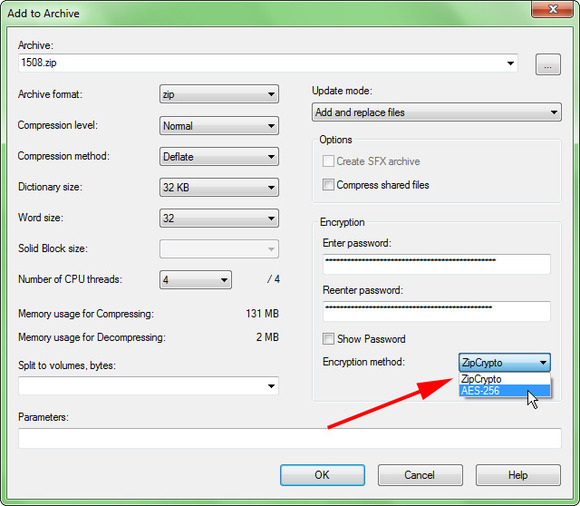The ZIP format is incredibly popular and useful for data compression and archiving. Most people have downloaded and sent hundreds of .zip files which can then be uncompressed without any data loss. Files compressed into the .zip format are also ripe for encryption as they can frequently contain an archive of important data to be shared. Though many people are either unaware of or don’t care to use encryption on .zip files, it’s another useful tool in case you ever need to send sensitive or private data. Archives compressed to .zip can also be password protected. The password is needed to decrypt the archive so its contents can be read.
The .zip file format supports two basic kinds of encryption. The first, called ZipCrypto is considered to be rather weak and easy to crack. Anyone who really wanted access to the data would find it easy to break this encryption and read the entire contents of the archive. The second, AES-256 is much more robust and if a suitable password is used, is nearly impossible to break. Unfortunately, the .zip tool in Windows does not support AES-256 so you will need to use another third-party tool like the popular 7-Zip to properly encrypt and password protect archives.
Encrypting and password protecting a folder or file with 7-Zip is incredibly easy. Simply download and install the proper version of 7-Zip for your OS. Then right-click the file or folder you want to compress into the ,zip format, mouse or hover over the ‘7-Zip’ in the menu, then select ‘Add to archive…’. In the window that appears, you’ll notice an area on the lower right for Encryption settings. Simply enter a password twice, then select ‘AES-256’ from the dropdown menu under ‘Encryption method’. Finally, you can adjust other settings for the archive and change its name and click ‘Ok’ to create it.
Now when you want to unzip and decrypt the archive, 7-Zip will ask for the original password used to encrypt it. Once provided, the archive will be decrypted and unzipped and the original contents will be there. One problem with this approach is that the file names and formats are still all visible within the archive even if it hasn’t been decrypted. If you’re concerned with that, you can change the names and formats temporarily and provide additional information for whoever needs to decrypt the files to change the names and formats back.


